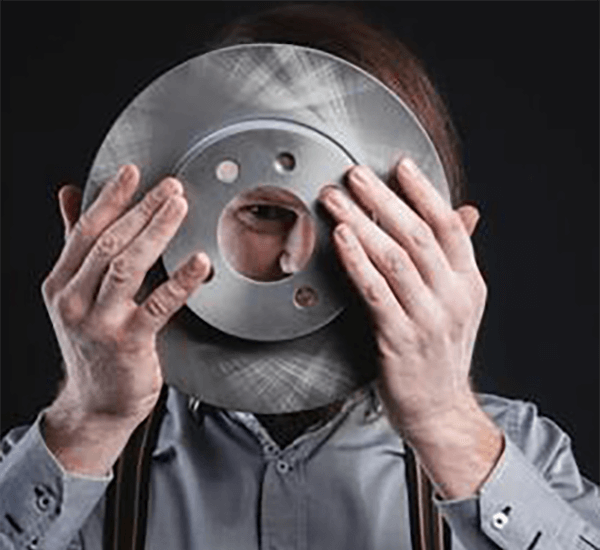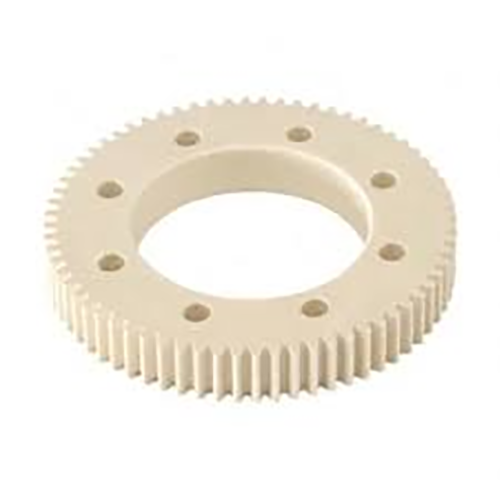
Producing the required exterior polish for a processed workpiece stands as fundamental.
- Drawing callouts communicate precise surface requirements for machined parts
- Surface notes typically employ Ra—arithmetic mean deviation—when specifying roughness
- Grasping callout meaning is essential to make parts conform to design intent
- Defined surface quality influences lubricant retention, coefficient of friction, and wear resistance
- Correctly reading the finish notation is necessary to attain the intended result
Defining Precision in CNC Machining

Computer-controlled machining embodies a revolutionary manufacturing technique by leveraging computer-aided programs machines execute intricate designs with remarkable accuracy.
- Computer-driven machining creates reliable parts from assorted materials
- Wide-ranging CNC applications encompass medical, electronics, and transport industries
- Programmed machining assures dependable consistency across manufacturing cycles
From initial prototype stages to mass-manufacture CNC machining supports modern production workflows
Reading CNC Machine Specs
Understanding equipment specifications can look intimidating initially
Nevertheless simple study and a stepwise method let you read technical specifications
Commence with recognizing main metrics: spindle rpm, feed, precision, work volume, control system
Every listed attribute influences the equipment’s operational capacity.
For example a higher spindle speed is suitable for softer materials while a faster feed rate is essential for increased production.
Grasping those connections helps choose machinery aligned with your needs
Be sure to refer to vendor documentation completely.
Provided manuals commonly contain clarifying information and define jargon
What You Should Know About CNC Machines
Computer-operated machining stations are programmed units for precise automated part fabrication across materials They function by reading numerical G-code commands that drive cutting heads and actuators.
- Examples of CNC types are vertical mills, CNC lathes, CNC routers, plasma cutters
- Cutting methods suit steels, plastics, woods, and layered composites
- Furthermore CNC machines allow for rapid prototyping and low-volume production runs making them valuable assets for small businesses and research centers
CNC Basics and Explanations
These tools showcase a blend of mechanical exactness and intelligent software command CNC platforms apply programming to fabricate both basic components and complex assemblies The basic principle involves transforming CAD models into real-world components.
- Automated machine operation
- CAD-to-CAM integration
It requires coordinated toolpath steps instructed by G-code Shop technicians tune machining parameters, supervise production, and certify product accuracy.
Why Surface Finish Matters in CNC Machining
Attaining target texture in CNC processes is critical It determines product function and aesthetic quality The material, machining regimen, and subsequent finishing treatments contribute to surface quality.
High-quality surfaces strengthen durability while rough textures may reduce efficacy CNC workflows include varied tooling and approaches to produce intended surface results.
- Consider using alternative cutting shapes |PCD tools|cutting speeds to achieve a desired surface finish
- Alternatively post-processing methods like polishing grinding sanding can be employed to improve the surface finish
Knowing parameter-to-finish links is vital to secure the best results.
CNC Machine Basics: From Operation to Applications
It constitutes a high-precision manufacturing approach using programmed machine tools to form parts from many materials These machines follow digital instructions to execute intricate designs with high accuracy and repeatability Comprehending toolpaths, G-code, and tooling strategies supports effective machining
Use cases cover aerospace, automotive, medical, electronics, and more sectors From turbine components to precision mold cores, CNC supports manufacture of complex parts
Surface Finish Standards for CNC Machining
Clear finish definition is critical for CNC machined components It secures that the final item meets both functionality and looks Manufacturers often rely on Ra (roughness average) to represent surface finish Reported in µm or inches, the metric indicates average irregularity magnitude.
Balance smoothness needs with intended application when designating finish

In practice smoother finishes help where exact fits and close tolerances are essential
Alternatively textured surfaces may aid applications needing traction or increased friction
Insert concise surface notes in blueprints to articulate finish expectations Record Ra alongside additional machining recommendations or surface treatments.
Consider that thorough finish callouts underpin quality manufacturing
Categories of CNC Machines and What They Do
CNC machining spans many technologies and machine classes to address different operational needs They work with CAD/CAM programs to command cutters and deliver accurate component fabrication.
- Turning centers form shafts rods and cylindrical forms by cutting along axes
- Lathe machines operate on a rotating axis ideal for producing symmetrical parts with smooth surfaces
- Laser systems produce fine kerfs and detailed shapes in thin materials
Pick machines based on material compatibility, feature detail, and dimensional demands Specialized CNC abilities fulfill industry requirements across sectors from transport to healthcare.
Reaching Optimal Surface Quality Using CNC
Attaining top-quality surfaces is critical in fabrication and CNC techniques facilitate that achievement By adjusting feed, rpm, and cutter geometry skilled staff shape chip flow and surface formation for better finishes Besides that quality tooling combined with good lubrication practices leads to improved surface results Through careful selection of cutting strategies and meticulous machine setup CNC machining enables the creation of components with exceptional surface quality for diverse applications.
Realizing Finish through CNC Code
Managing finish via CNC code is important to secure required surface properties The chosen machining parameters including feed rate spindle speed and cutting tool geometry exert a significant influence on the final surface texture Conscientious parameter tuning with sound coolant strategy produces excellent surface quality.
- Also ongoing tool care define cnc machine and inspection support sustained finish reliability Plus regular inspection and maintenance of tools copyright finishing standards Besides that systematic tool upkeep and monitoring ensure sustained surface quality
- To optimize surface finish programmers should consider factors like material type desired surface roughness and the application requirements
- Employing simulation software can help visualize and fine-tune cutting parameters before machining reducing the risk of surface defects
- Besides that systematic tool upkeep and monitoring ensure sustained surface quality
